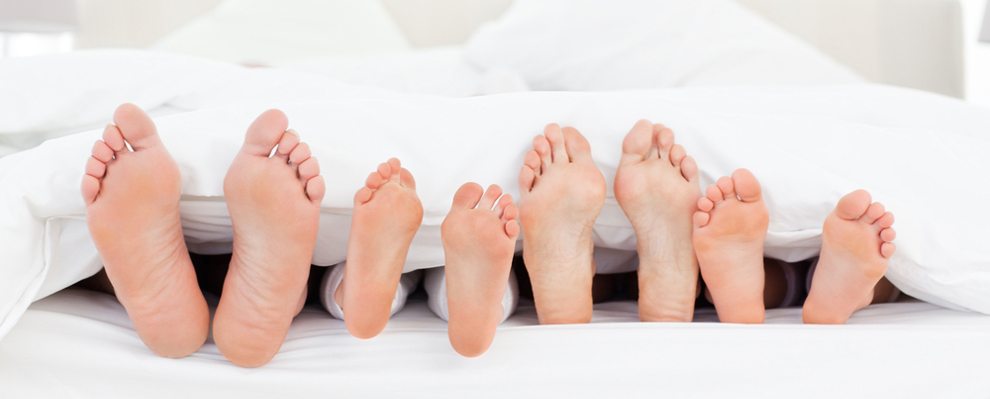Orthotic and Innersole Therapy
Podiatrists are considered the expert providers of orthotic treatments and biomechanical problems related to gait and the lower limbs. Daniel's extensive experience in Sports Medicine is probably what the clinic is most known for. Daniel treats the elderly, the very young, elite athletes, and the weekend warriors.
Orthotic treatments come in various forms including both firm and soft depending on the patient's needs and sports played. Prescription Orthotics involves a casting process and computer manufacturing of the orthotics by a leading Orthotics Laboratory. The Clinic also offers off-the-shelf devices which might be a viable option for children who are growing or for people who need minimal correction to foot posture.

